In 1828, the Clyde Iron Works of Duluth, Minnesota, introduced what they claimed was the first gasoline powered loggers locomotive crane on the market.Clyde, already known for pioneering the gasoline yarder as well as its equipment line of track laying machines, McGiffert log loaders, skidders and donkey engines, introduced this machine at a time in the Northwest logging industry where conditions necessitated lower logging costs. As compared to steam, the new gasoline powered machine had the advantage of eliminating fire hazard, had no problems associated with taking on water and had a considerably reduced crew and fuel expenses. First introduced at the Pacific Logging Congress at Portland, Oregon, in October of 1928, it won instant appeal with several Washington State logging concerns, namely: the Crown Willamette Paper Company of Neah Bay, the Mason County Logging Company of Bordeaux, the Mud Bay Logging Company of Olympia, the Ozette Timber Company of Lake Ozette, the Puget Sound Pulp and Timber Company of Everett and the Simpson Logging Company of Shelton. They were so well liked by Mason County and Simpson that these companies purchased second units. The many uses of the crane advertised by Clyde included loading logs, switching and wrecker service, as well as bridge building, clearing landings and clamshell work.
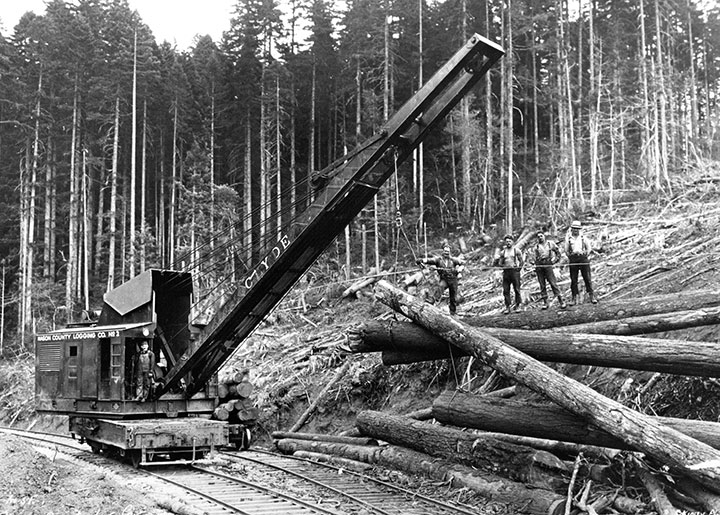
-Photo by C. Kinsey.
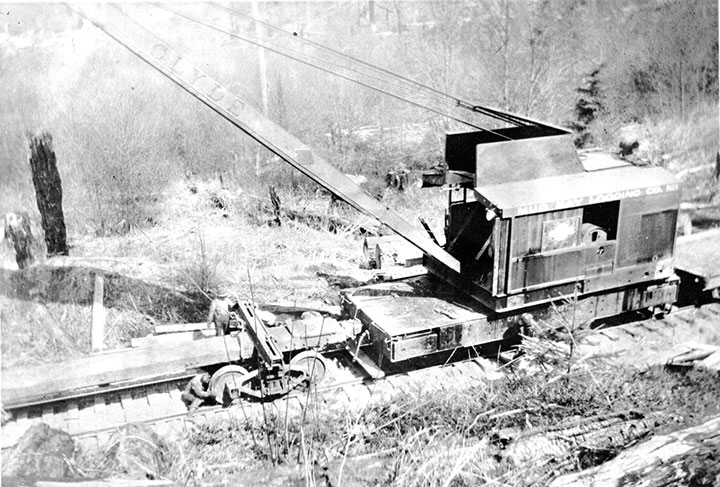
George Draham, president of Mud Bay Logging Company, attended the Pacific Logging Congress in Portland where the prototype “Loggers Special” was displayed. He ended up taking it home, making Mud Bay the first to purchase one, and by January 1929, they had already reported they were operating it successfully, with only one man, while consuming just 30 gallons of gasoline, one gallon of oil and a minimum amount of water per day.
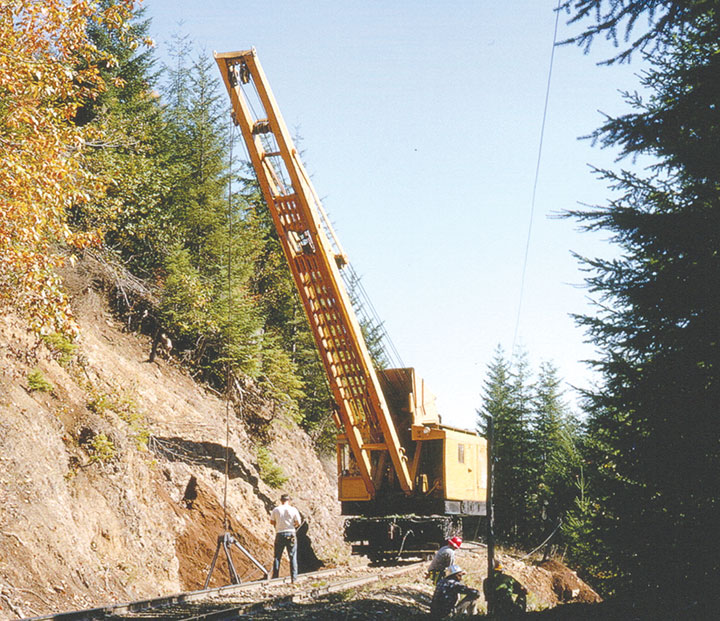
Simpson Logging Company had taken delivery of their first Clyde crane about this time and had already found the machine useful. It was especially efficient in loading out right-of-way timber in advance of felling operations, and at times logged an additional strip at the same time. By April of 1930, it was announced in the local Shelton newspaper that they had set their own in-house record with the Clyde. A four-man crew yarded and loaded 21 loads of logs, or 150,000 board feet, in less than six hours work.
By November 1931, Mason County Logging Company had already installed their second Clyde crane, and had this success story to report to the trade magazines: In 22 days in February, one of them had yarded and loaded 143 cars of logs, in 26 days in March it got 230 loads, 18 days in April it loaded 105 cars, and in 27 days in May it got 192 cars. The loads averaged 6,500 board feet for this period. A crew of four men were employed, and 35 gallons of gas was consumed per day. The maximum yarding distance was 600 feet from a cold deck. When yarding from alongside the track, the machine covered a range of 250 to 300 feet. Two methods of loading are employed: if the logs are short, they were heeled; but if extra long, were loaded with tongs or slings. A back haul attachment saved much labor and expedited the work of the machine and a guy line was carried for use when needed. The crane did its own switching, built landings and cleaned them up, moved rigging, loaded piling plus a great variety of other jobs. It has been found that it can yard out of a cold deck 600 feet from the track just as effectively as a steam rig. It was stated that the crane was getting out the cheapest logs of the entire operation.
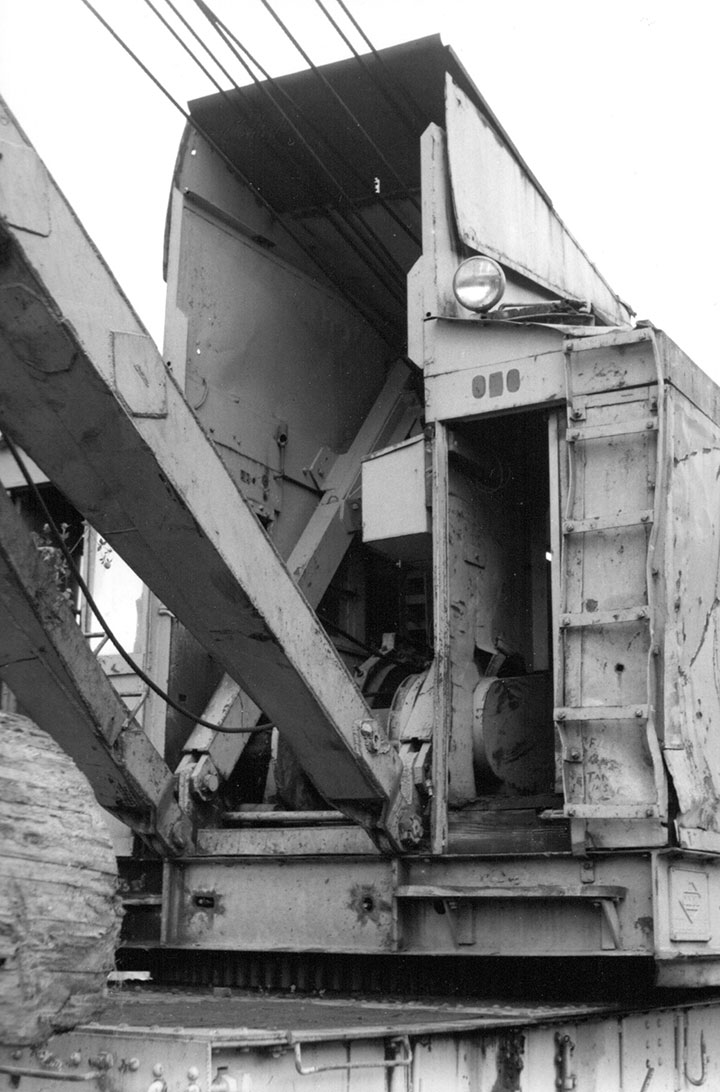
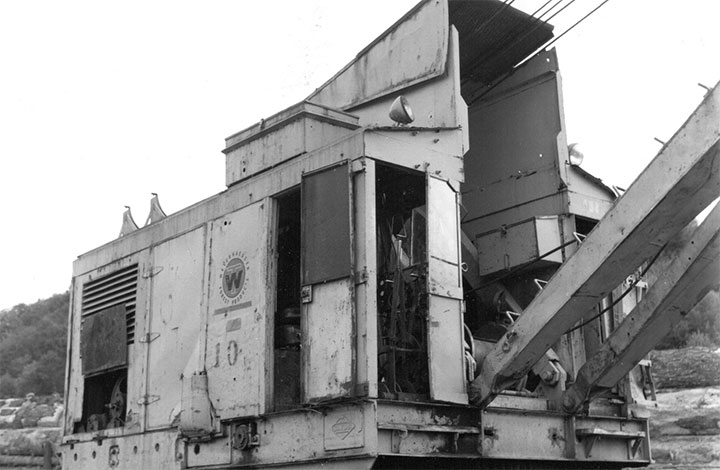

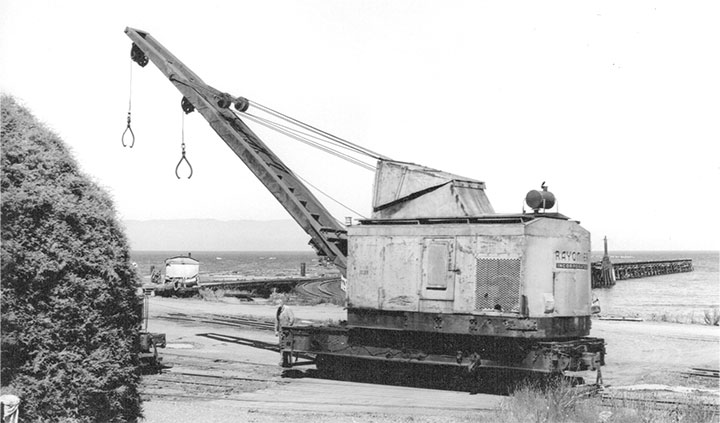
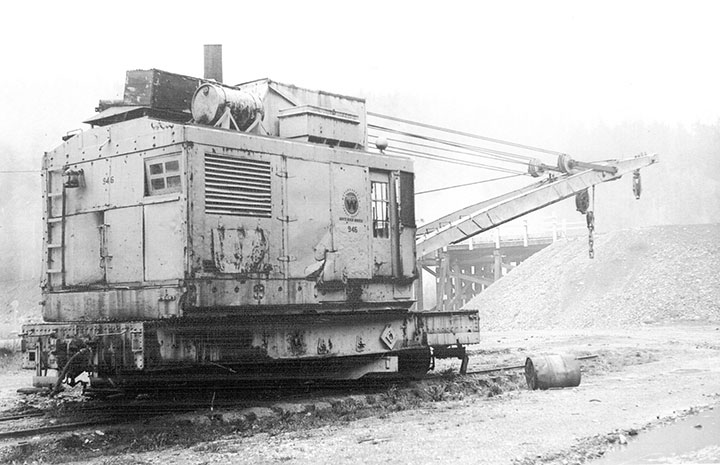
Even though access to the Clyde records is limited, it has been determined that there were just eight of these machines built between 1928 and 1940. As different Clyde owners closed down their operations in the early 1940s, due to the lack of timber to be logged, the Clydes found their way to used equipment dealers, but didn’t stay there very long. Those ending up with used Clydes were: Baxter Pole Company, Kosmos Timber Company, Rayonier Incorporated, and Weyerhaeuser, which ended up with three of them. Eventually both Rayonier and Simpson converted theirs to Diesel power but they were still slow and cumbersome. As a result of this, the Clydes which were still operating into the 1970s, were replaced with diesel-electric locomotive cranes that could be operated at more reasonable travel speeds, even when operated on their own without the assistance of a locomotive.
Today, one of the Clydes, the first one built, still exists and is preserved at the Mount Rainier Scenic Railroad in Washington State. It still has the original LeRoi gas engine as built.
